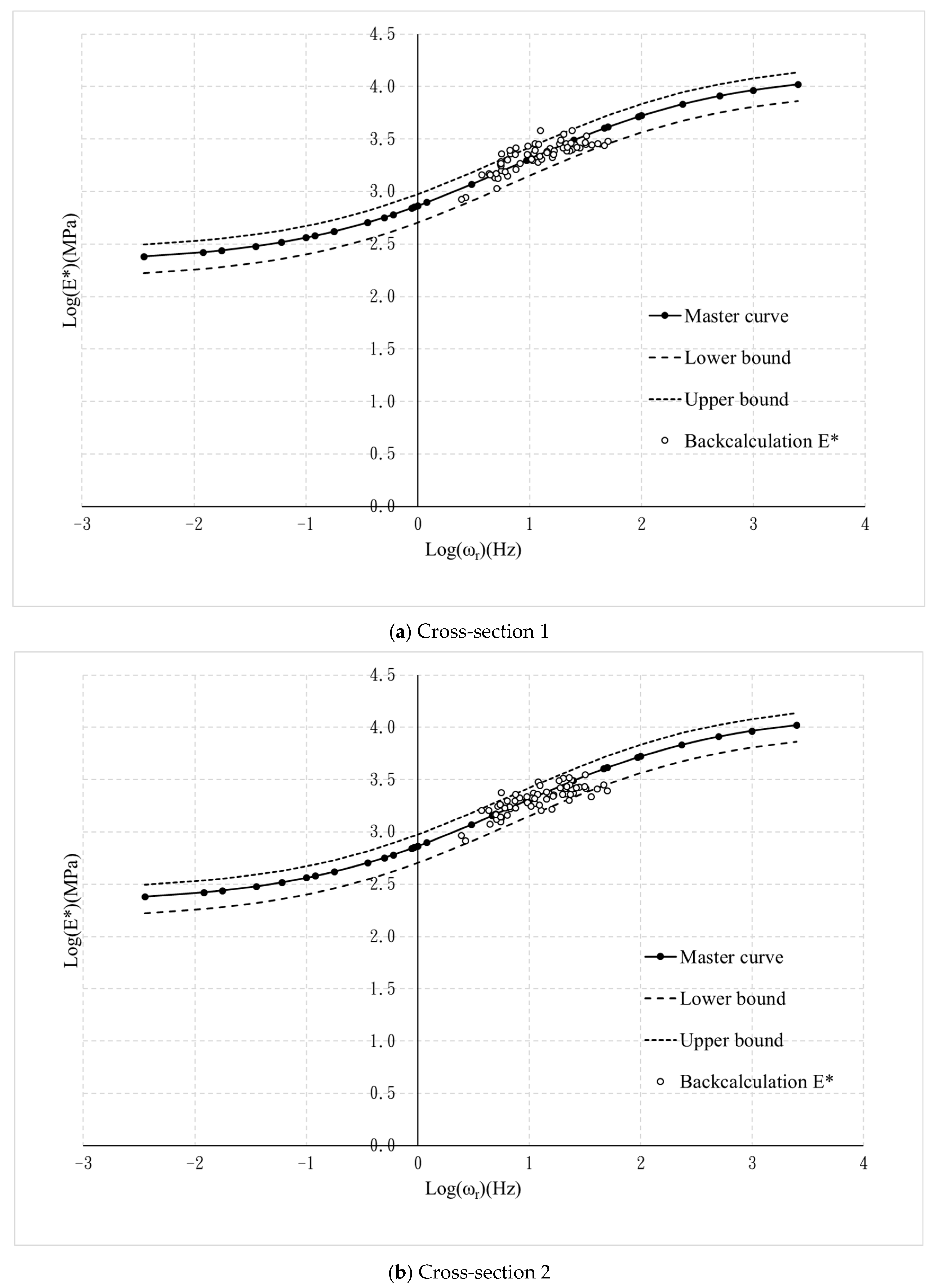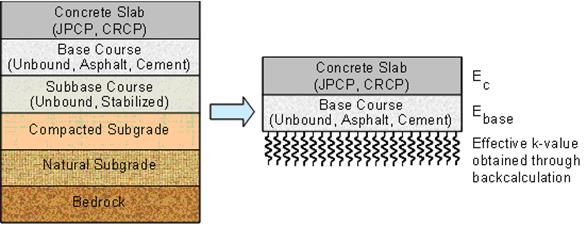

Experimental deflection data groups from NDT are used to show the capability of the ANFIS approaches in backcalculating the pavement layer thickness and moduli, and compared each other.

In this study, adaptive neural based fuzzy inference system (ANFIS) is used in backcalculating the pavement layer thickness and moduli from deflections measured on the surface of the flexible pavements. Using backcalculation analysis, flexible pavement layer thicknesses together with in-situ material properties can be backcalculated from the measured field data through appropriate analysis techniques. The highway sections used in the study are the same test sections proposed to be used to calibrate the Pavement ME distress models in Manitoba. The calculated modulii are also compared to the laboratory determined resilient modulus for similar materials. The ultimate aim of the backcalculation process from Nondestructive Testing (NDT) results is to estimate the pavement material properties. reviewing Long-Term Pavement Performance (LTPP) backcalculation data. Backcalculating the pavement layer properties is a well-accepted procedure for the evaluation of the structural capacity of pavements. Pavement structural adequacy is often evaluated by calculating elastic modulus of each layer using the so-called “backcalculation”. It is essential not only to evaluate the structural integrity of an existing pavement but also to have accurate information on pavement structural condition in order to establish a reasonable pavement rehabilitation design system. Pavement deflection data are often used to evaluate a pavement’s structural condition non-destructively. An important pavement monitoring activity performed by most highway agencies is the collection and analysis of deflection data. Efficient and economical methods are important in determination of the structural properties of the existing flexible pavements.


 0 kommentar(er)
0 kommentar(er)
